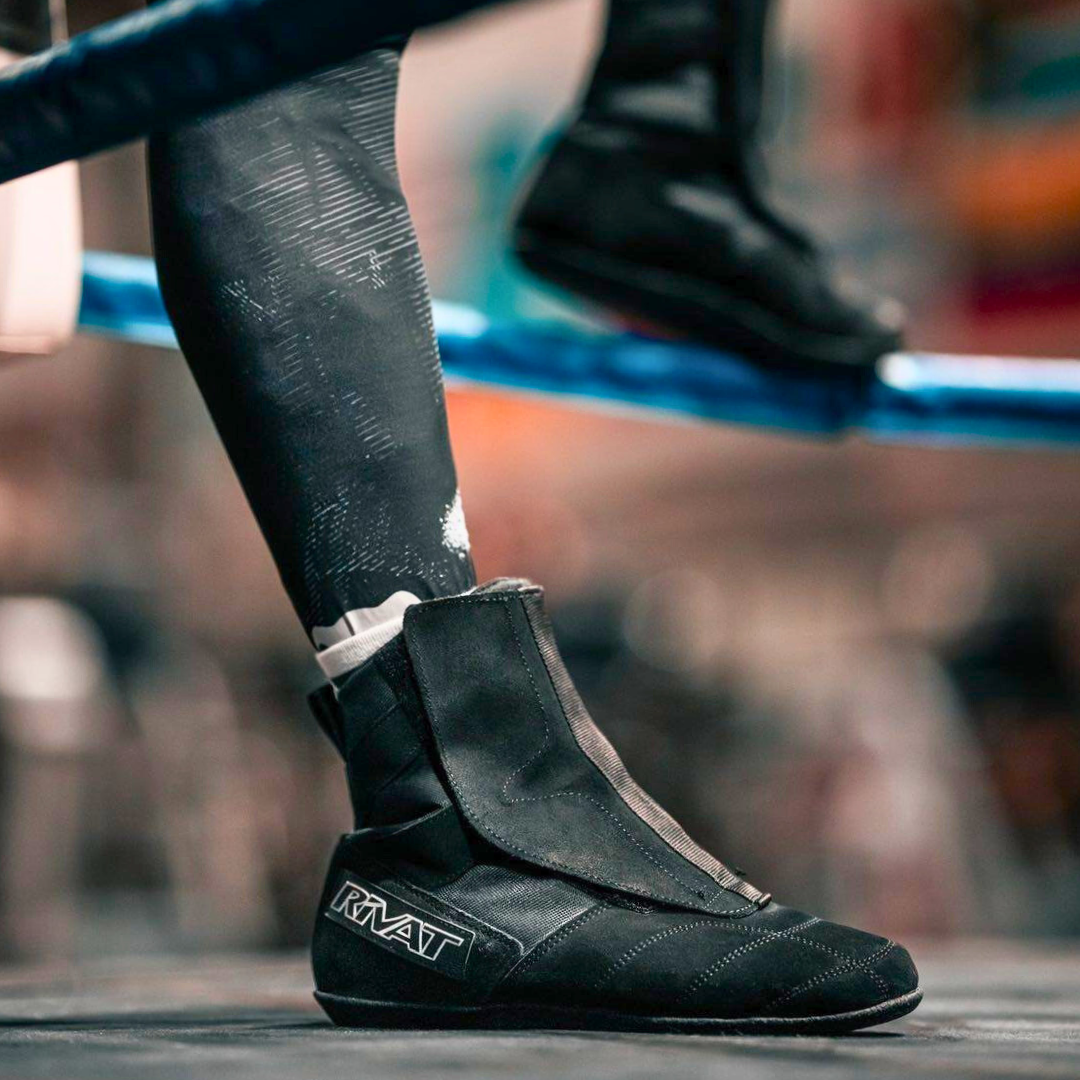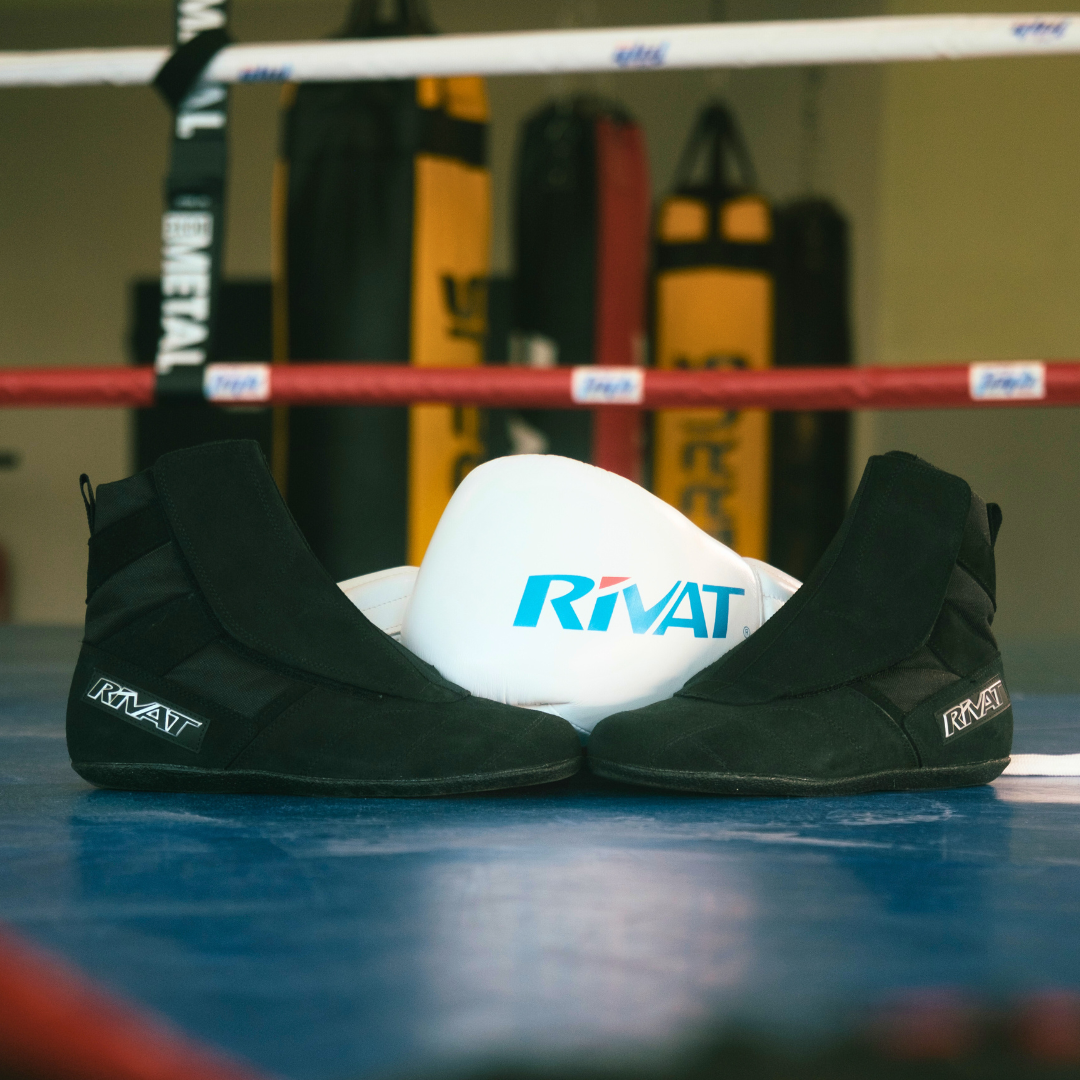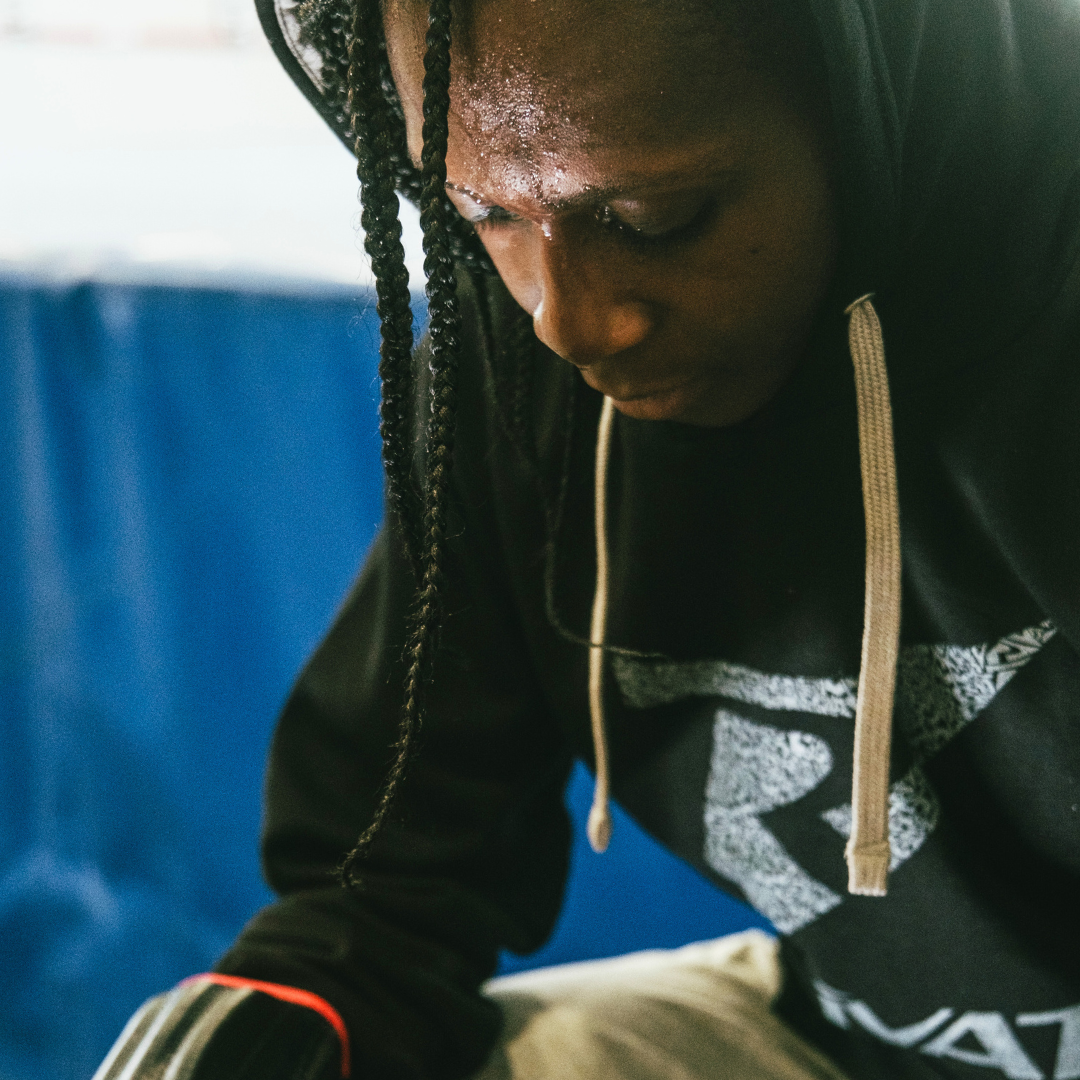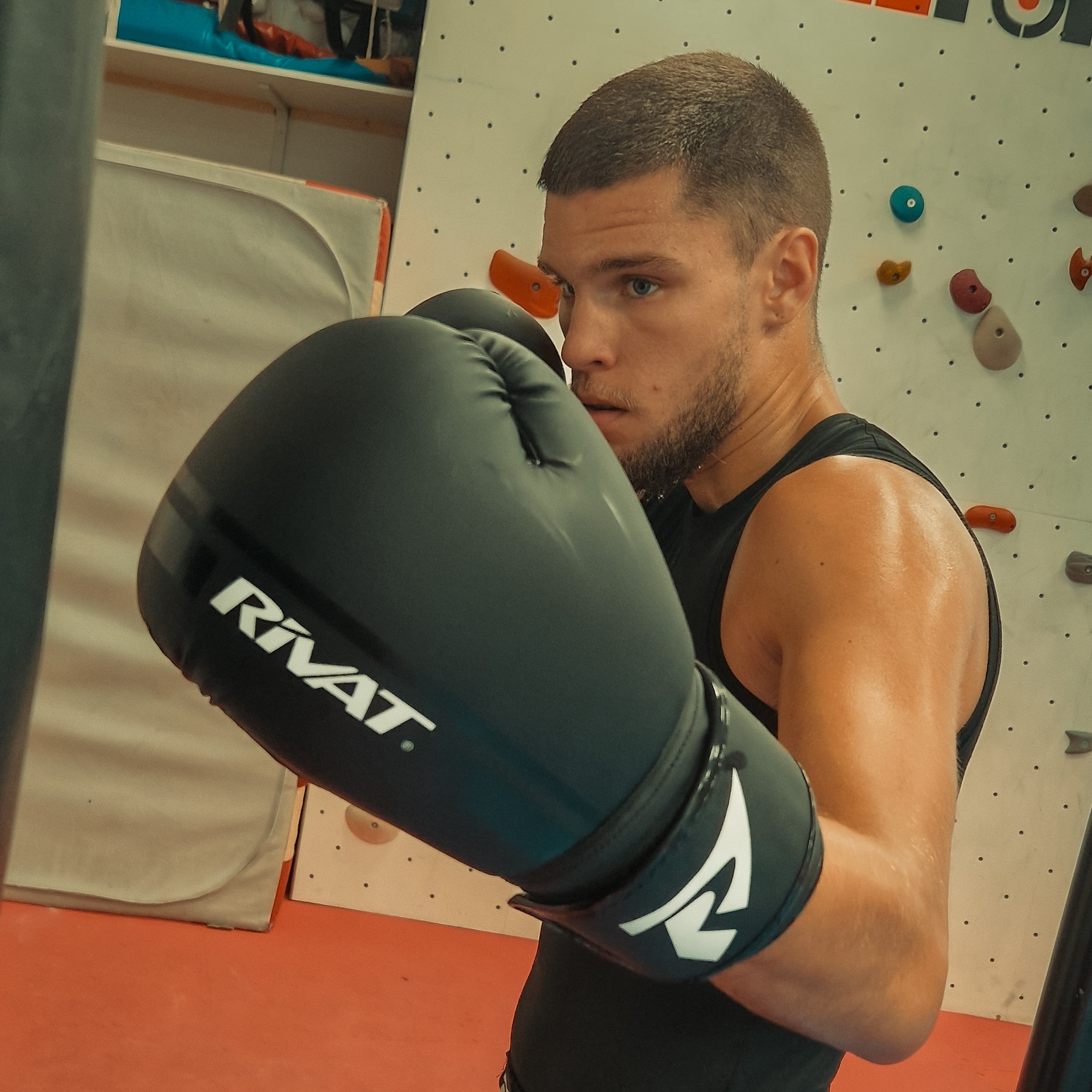1. Importance of Physical Preparation in French Boxing
1.1. Why Physical Preparation is Crucial
In French boxing, good physical preparation helps you to:
- Improve Stamina : Allows you to maintain high intensity throughout the fight.
- Increase Strength and Power : Maximizes the power of your hits and ability to resist attacks.
- Develop Speed and Agility : Improves quick movements and reflexes in the ring.
- Prevent Injuries : Strengthens muscles and joints to prevent injuries.
1.2. Objectives of Physical Preparation
Your physical preparation goals include:
- Muscle Building : Build powerful muscles for striking and explosive movements.
- Cardiovascular Conditioning : Improve endurance to last the entire duration of the fight.
- Flexibility and Mobility : Prevent injuries and improve range of motion.
2. Detailed Training Plans
2.1. Muscle Strengthening Training
Strength Exercises
-
Squats : Strengthens the legs and hips for quick movements and powerful punches.
- Series/Reps : 4 sets of 10-12 reps.
-
Bench Press : Strengthens the upper body for powerful punches.
- Series/Reps : 4 sets of 8-10 reps.
-
Pull-ups : Strengthens the back and biceps for better stability.
- Series/Reps : 4 sets of 6-8 reps.
Functional Exercises
-
Kettlebell Swings : Develops explosive power and coordination.
- Series/Reps : 3 sets of 15 repetitions.
-
Box Jumps : Improves agility and leg strength.
- Series/Reps : 3 sets of 10 repetitions.
2.2. Cardiovascular Training
High Intensity Interval Training (HIIT)
-
Sprints : Boost endurance and speed.
- Session : 30 seconds of sprinting, followed by 1 minute of walking. Repeat 8-10 times.
-
Rowing : Complete exercise that improves cardiovascular fitness.
- Session : 20 minutes alternating 1 minute fast and 1 minute moderate.
Long-term endurance
-
Running : Improves basic endurance.
- Session : 45-60 minutes at a moderate pace, 2 times a week.
2.3. Flexibility and Mobility
Dynamic Stretching
-
Arm Circles : Prepares the shoulders for explosive movements.
- Set/Reps : 2 sets of 15 circles in each direction.
-
Dynamic Lunges : Improve hip mobility.
- Series/Reps : 2 sets of 10 repetitions per leg.
Static Stretching
-
Hamstring Stretch : Prevent Injury and Improve Flexibility.
- Set/Reps : Hold for 30 seconds, 2-3 times per leg.
-
Quadriceps Stretch : Increases leg flexibility.
- Set/Reps : Hold for 30 seconds, 2-3 times per leg.
3. Warm-up Routine
3.1. General Warm-up
-
Light Running : Increases body temperature and prepares muscles.
- Duration : 5-10 minutes.
-
Joint Mobilization : Prepares joints for intensive training.
- Exercise : Shoulder, hip, knee and ankle rotations, 2 minutes.
3.2. Specific Warm-up
-
Shadow Boxing : Activates muscles used during combat.
- Duration : 3-5 minutes.
-
Jumping Rope : Improves coordination and reaction time.
- Duration : 3 minutes.
4. Tips to Optimize your Physical Preparation
4.1. Nutrition and Hydration
- Balanced Diet : Consume protein, complex carbohydrates and healthy fats to support training.
- Hydration : Drink enough water to maintain good hydration levels.
4.2. Rest and Recovery
- Adequate Sleep : Good sleep is crucial for recovery and performance.
- Rest Days : Incorporate rest days into your program to allow muscles to repair.
4.3. Listening to the Body
- Injury Prevention : Be alert to signs of overexertion and adjust your training accordingly.
- Professional Consultation : Consult a trainer or specialist if you experience persistent pain or need specific advice.
5. Common Mistakes to Avoid
5.1. One-dimensional training
- Mistake : Over-focusing on one aspect of physical preparation.
- Correction : Be sure to cover all aspects of fitness, including strength, endurance, and flexibility.
5.2. Neglecting Recovery
- Mistake : Ignoring rest and recovery periods.
- Correction : Build rest days into your program and make sure you recover well between sessions.
5.3. Ignoring Signs of Fatigue
- Mistake : Continuing to train despite excessive fatigue.
- Correction : Listen to your body's signals and adjust your training program accordingly.
Conclusion
Physical preparation is essential to achieve excellence in French boxing. By following the advice, detailed training plans and warm-up routines described in this article, you can significantly improve your performance in the ring. A well-balanced physical preparation between strength, endurance, flexibility and recovery will allow you to optimally prepare yourself for the challenges you will encounter.








